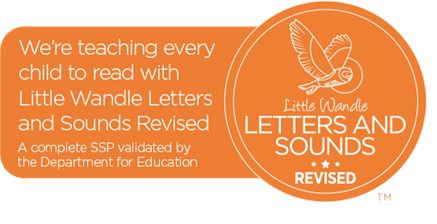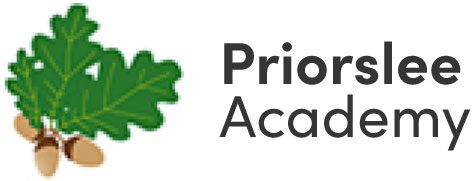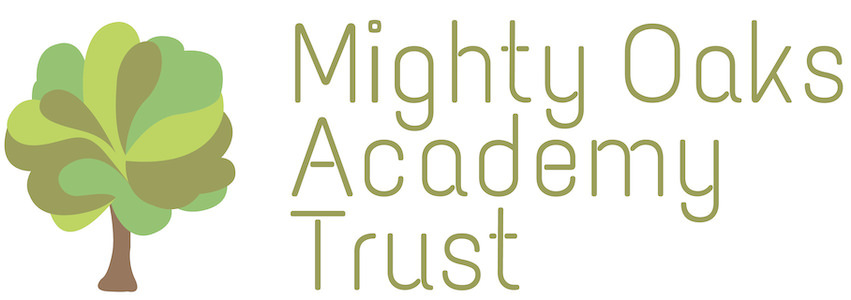Phonics

INTENT
We believe that for all our children to become fluent readers and writers, phonics must be taught through a systematic and structured phonics programme
IMPLEMENTATION
At Priorslee Primary Academy, we use the Little Wandle scheme to teach children to read. The children in EYFS and KS1 have a daily phonics lesson, in addition to three reading practise sessions per week (two sessions per week in Year 2). These will be group reading sessions led by a teacher or trained support assistant instead of individual reading with an adult.
The children will have the same book for each session, with a different focus each time:
- Decoding
- Prosody – reading with rhythm, stress and intonation
- Comprehension (Year 2 will cover this within whole class reading lessons)
The books that go alongside the scheme are decodable and matched to what is being taught in the lessons. The children will have the same book that they have been reading in their practise sessions, and these will be changed once a week. The book from the Little Wandle scheme is carefully matched to your child’s reading level. If your child is reading it with limited support, please do not worry that it is too easy – it is to develop fluency and confidence. Providing lots of praise and encouragement will really help to support this. If your child is unsure about a word, read it to them and ensure you talk about what it means; continue to talk about the book throughout.
In order to encourage your child to become a lifelong reader, it is important that they learn to read for pleasure. To support this, as well as the book from the Little Wandle scheme, pupils will have a second ‘reading for pleasure’ book from the class or school library. Please do not ask your child to read the sharing book to you as it will be beyond their level. This should be a positive, shared reading experience. Reading the sharing book also supports the children’s language and imagination; this will help them in all aspects of the curriculum. Pupils will be able to change the reading for pleasure book whenever is convenient within class. This may be more than once per week if needed.
When reading with your child, the key to unlocking comprehension is asking them lots of questions and having beneficial discussions. Questions unlock thinking, and discussing the pictures, predicting what might happen next, using different voices for different characters, thinking about character’s personalities and relating the books to their own lives are all fantastic ways to work on comprehension. Exploring a range of non-fiction texts is also invaluable for the children’s knowledge and understanding of the world. The main aim is to make reading FUN and the children are never too old to be read to.
We have provided the children in EYFS and KS1 with multiple levels of protection to ensure the new books do not get spoilt. The expectation is that your child will keep their new book inside the protective plastic cover, inside the zipped pocket which will then go into a transparent book bag. We ask that you please keep only the books and reading diary inside here to ensure no spillages or significant damage. Unfortunately, any damaged or lost Little Wandle readers will be charged. Your child will not be able to take a new book home until this is paid; instead, they will be expected to practise their home reading via the e-book.
Please see the documents attached for additional information about how you can support including how the sounds are pronounced, how we will be teaching phonics and the books that will be coming home. We have also included a glossary below to explain some of the terms used.
IMPACT
In reception and year 1, at the end of each week there is a review session which recaps the learning. There are also whole review weeks (pre-planned and bespoke review weeks to address gaps identified by the class teacher’s ongoing formative assessment).
Children identified in reception and Y1 as in danger of falling behind are provided with ‘keep up’ sessions which follow the Little Wandle Letters and Sounds Revised programme.
In reception and year 1, the children are assessed at the end of every half term.
The children in Y1 sit the Phonics Screening Check in the summer term. Children who do not pass the Phonics Screening Check in Y1, will re-sit this in Y2.
Children who are in Y2-Y3 and have not achieved the expected level in phonics receive phonics sessions and are assessed through teacher’s ongoing formative assessment, as well as half termly summative assessments.
Through the teaching of systematic phonics, our aim is for children to become fluent readers by the end of Key Stage One. This way, children can focus on developing their fluency and comprehension as they move through KS2.
If your child is falling behind you will be informed by your child’s class teacher and they will have access to additional ‘Keep-Up’ support to close the gap.
Phonics Progression At Priorslee Academy
Glossary of Terms:
Comprehension
The ability to read text, process it and understand its meaning.
Fluency
The ability to read accurately with speed and expression. Fluent readers read words automatically without needing to decode. It is at this point that we see them able to focus on comprehension and make sense of what is being read.
Grapheme
A letter or group of letters used to represent a particular phoneme when writing. With children, we sometimes call this ‘a sound written down’, although, as with ‘phoneme’, it is helpful for children to learn to use the correct term from the beginning. The way graphemes are used to represent phonemes in our written language is known as the ‘alphabetic code’.
GPC
This stands for grapheme–phoneme correspondence, the sound–letter relationship between each element of the alphabetic code. Written English is quite complex and does not have one-to-one grapheme–phoneme correspondence. The same phoneme can be represented by different graphemes in different words, and the same grapheme can represent different phonemes in different words. To ensure learning is systematic, and to avoid cognitive overload, this programme generally teaches one fairly common grapheme representation of each phoneme first. Alternative spellings of the same phoneme, and alternative pronunciation of the same grapheme are usually taught later, mostly in Phase 5.
Phonics
The method by which we teach children to read by recognising the connections between the sounds of spoken words (phonemes) and the letters that are used to write them down (graphemes).
Prosody
The rhythmic and intonational aspect of speech that manifests as expressive reading. It comprises timing, phrasing and intonation, and helps to convey meaning and add ‘life’ to reading.
https://www.littlewandlelettersandsounds.org.uk/resources/for-parents/
Useful Documents
Programme Overview Reception And Year 1 1
How To Say The Phase 5 Sounds September 2022 (1)
How To Say Phase 3 Sounds August 2022


